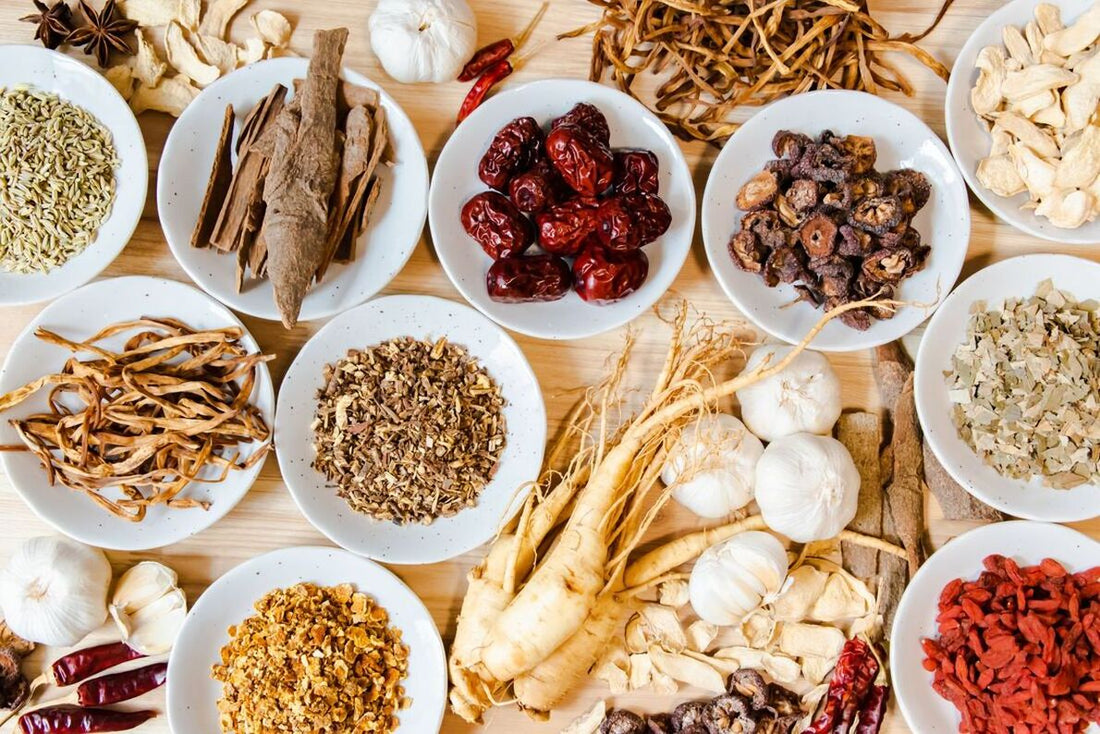
The 3-Stage Confinement Recovery Method: Why It Works
A Framework for Modern Postpartum Healing
In Traditional Chinese Medicine (TCM), postpartum recovery is not one-size-fits-all. The body moves through stages of healing after birth, and each phase deserves specific care. That’s why we follow the 3-Stage Confinement Recovery Method at Golden Month—a structured yet flexible approach that aligns with how a mother’s body naturally recovers over time.
In this article, we’ll explain what each stage involves, what types of foods and herbs are traditionally used, and how this method can help new mothers feel more supported, nourished and balanced throughout their recovery journey.
Stage 1: Metabolism & Womb Support (Days 1–10)
The first 10 days after birth are focused on cleansing and resetting. In TCM, the body is believed to be in a state of imbalance after labour, and the priority is to clear "cold," expel lochia (postpartum discharge), and support the womb’s recovery.
Traditional practices and ingredients for Stage 1:
- Warming soups with Motherwort, Dang Gui (Angelica Root), and Red Flower
- Light meals with ginger, black sesame, and red dates
- Herbal teas made with rice paper pith or goji berries
- Avoiding cold drinks, raw food and physical exertion
This stage is also a time to begin replenishing qi and blood with simple, nourishing meals and plenty of rest. Mothers are encouraged to stay warm, lie in bed, and limit stimulation.
Stage 2: Qi & Blood Nourishment (Days 11–20)
Once the body has begun to stabilise, the focus shifts to building strength and restoring balance. In this phase, the goal is to nourish depleted energy and blood lost during labour.
Foods and practices often used in Stage 2:
- Richer soups with Astragalus, Red Dates, Chinese Yam, and Codonopsis Root
- Stir-fried vegetables with black fungus and sesame oil
- Continued use of warming herbs and tonics
- Gentle movement, such as short indoor walks or stretching
This phase supports emotional balance as well. TCM holds that the liver plays a role in managing emotions, so foods that support liver function and circulation are traditionally emphasised.
Stage 3: Vitality & Long-Term Restoration (Days 21–30)
In the final stage, the goal is to rebuild and strengthen the body for long-term wellness. This includes nourishing the kidneys, improving circulation and supporting hormonal regulation.
Common elements of Stage 3 include:
- Soups made with Eucommia Bark, Black Beans, and Morinda Root
- Congee with lotus seeds, barley, and Solomon’s Seal
- Higher-protein meals with collagen-rich meats like pork ribs or chicken feet
- Warm herbal baths and teas to support relaxation and skin recovery
At this point, many mothers begin to feel their strength returning. Stage 3 helps solidify recovery so that energy levels, digestion and emotional balance remain strong in the weeks and months ahead.
Why This Method Works
The beauty of the 3-Stage Confinement Recovery Method lies in its alignment with the natural rhythms of postpartum healing. Each stage builds on the last, moving from rest and reset to nourishment and revitalisation.
Rather than asking the body to do everything at once, this framework gives space for focused healing, using time-tested ingredients and intentional rest.
Modern mums love this method because it removes the guesswork. With clearly defined stages and ingredient pairings, it becomes easier to plan meals, schedule rest, and honour the body’s needs without pressure or overwhelm.
How Golden Month Makes It Simple
We’ve designed our meal plans, soup packs, and teas around the 3-Stage Recovery Method so you don’t have to worry about what to eat and when. Whether you choose a 10-day, 20-day or full 30-day plan, your meals will match your stage of recovery and include ingredients traditionally used to support healing and nourishment.
Let your recovery unfold with structure, intention and care—one stage at a time.
Explore our soup packs, fresh meals, or teas to get started.

